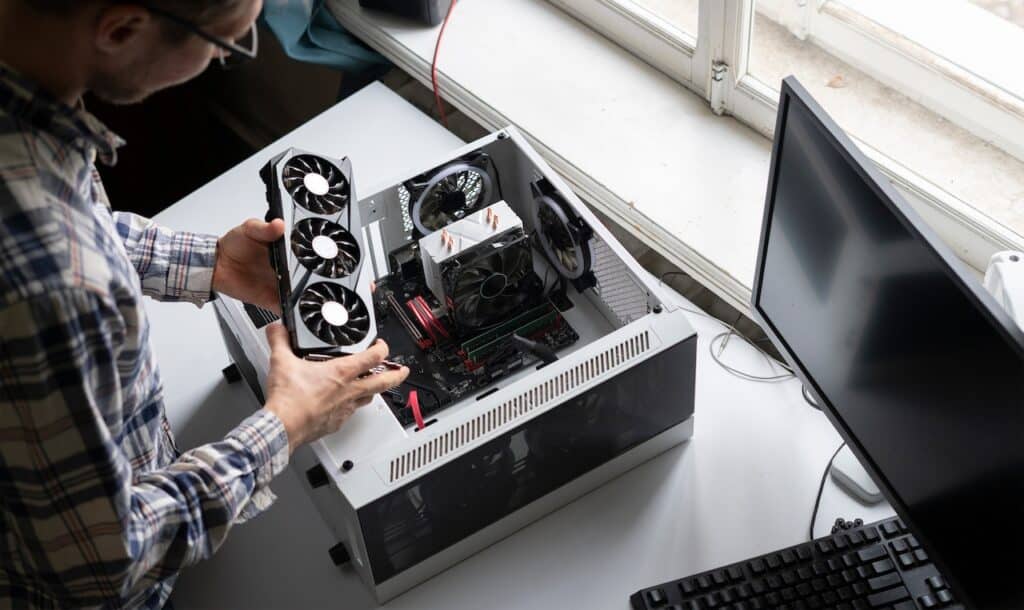While IT lifecycle management is an important component of a successful business, it can be intimidating to understand the intricacies of managing this area. Not only do you have to understand how all the different elements of technology fit together, but you also need to stay on top of the ever-evolving landscape of IT products and services.
Whether you’re a seasoned veteran or new to IT management, this guide will help you navigate this aspect of business operation.
What Is IT Lifecycle Management?
IT Lifecycle Management, often referred to as ITLM, is the systematic approach to managing an organization’s IT assets from procurement to retirement. It encompasses the entire lifespan of technology assets, ensuring they are optimally utilized, well-maintained, and eventually replaced or decommissioned in a controlled manner.
The Stages of IT Lifecycle Management
Managing your IT lifecycle can be broken down into several key stages, each requiring careful planning and execution:
1. Procurement
The process begins with the procurement of hardware, software, and other technology assets. Careful consideration of your organization’s needs and budget is crucial during this stage.
2. Deployment
Once assets are acquired, they need to be deployed effectively. This involves setting up hardware, installing software, and ensuring everything is ready for use. Deployment can also include custom branding, such as logo placement on hardware.
3. Using the Tech
This is the operational phase where technology assets are used to support your business processes and operations. Regular monitoring and optimization are essential here.
4. Maintenance
To ensure the longevity and efficiency of your IT assets, regular maintenance is required. This includes software updates, hardware repairs or replacements, and addressing security vulnerabilities.
5. Getting Rid of Assets
At the end of their useful life, technology assets must be decommissioned or replaced. Proper disposal or recycling is essential, and data security measures must be in place.
What Happens If You Don’t Have an IT Lifecycle Management Plan?
Not having an effective IT management plan in place can lead to several negative consequences for your business, including:
Less Productivity
Outdated and slow systems can hinder your employees’ productivity, leading to frustration and reduced efficiency. In fact, Deloitte found that IT departments spend about 55% of their budget on maintaining business operations and only 19% on developing innovative solutions.
Security Breaches
Neglecting software updates and security patches can leave your systems vulnerable to cyberattacks, potentially resulting in data breaches and financial losses.
Constantly Fixing Old Equipment
As technology ages, it becomes more prone to breakdowns and failures. This can result in increased IT support costs and downtime.
Best Practices in IT Lifecycle Management
To ensure a smooth and efficient IT management process, consider the following best practices:
Comprehensive Planning
Start with a well-thought-out IT strategy that aligns with your business goals. Define clear objectives for each stage of the lifecycle.
Regular Assessments
Conduct regular assessments of your technology assets to identify areas for improvement, cost-saving opportunities, and security vulnerabilities.
Data Security
Implement robust data security measures throughout the lifecycle, from procurement to disposal, to protect sensitive information.
Asset Tracking
Maintain a detailed inventory of all IT assets, including their specifications, purchase dates, and warranty information.
Partner with Experts
Consider partnering with IT experts like TrinWare who can provide tailored solutions for each stage of the lifecycle.
How TrinWare Can Simplify Your IT Lifecycle Management
TrinWare specializes in IT solutions that streamline every aspect of your technology assets. Whether it’s procuring the right equipment, deploying and managing it efficiently, or ensuring data security during disposal, our team has the expertise and resources to support your business at every stage.
With TrinWare as your partner, you can achieve a more productive, secure, and cost-effective IT environment. Schedule a consultation to see how TrinWare can help you streamline your ITLM.




